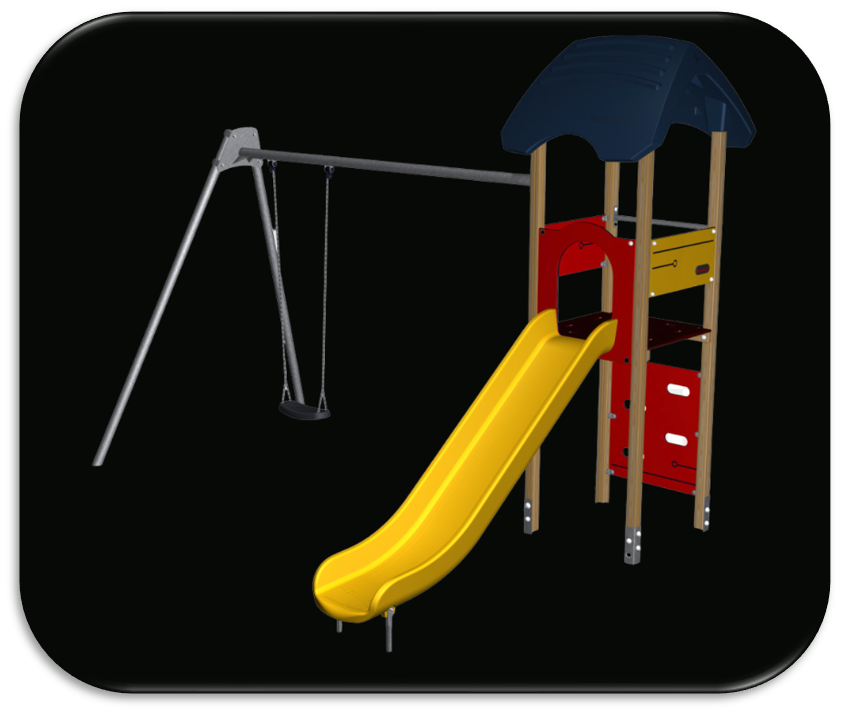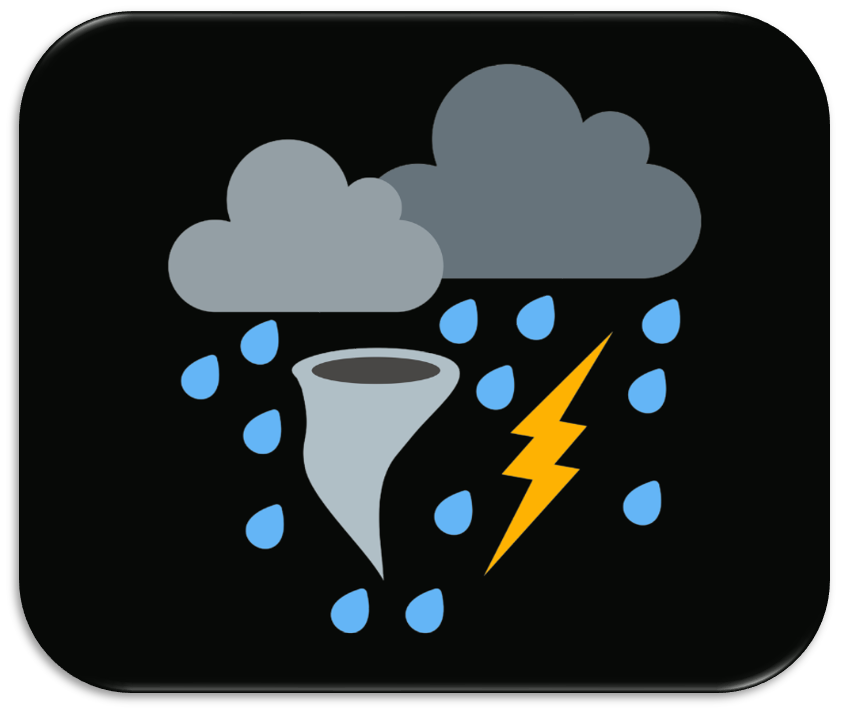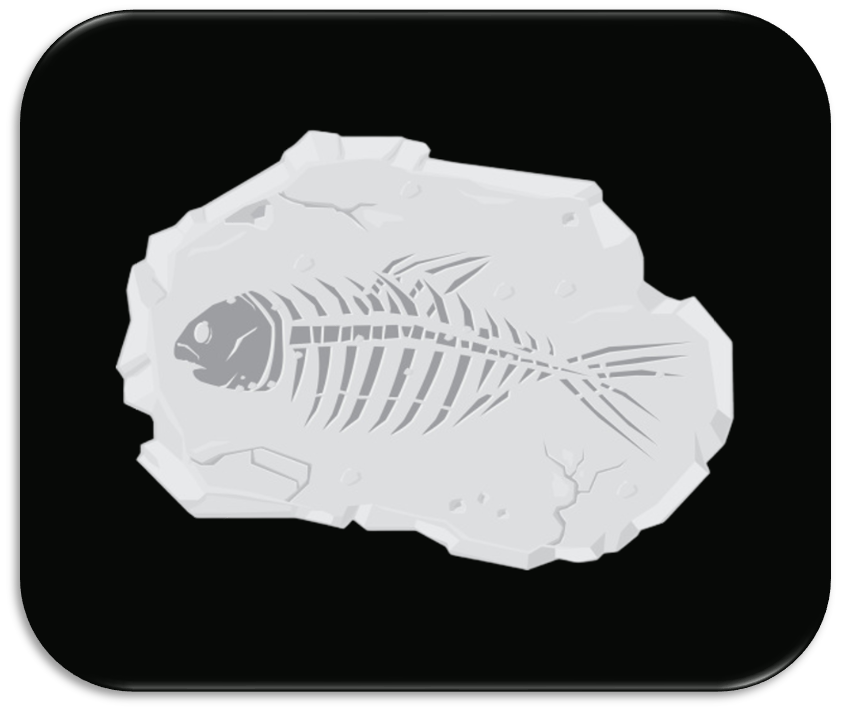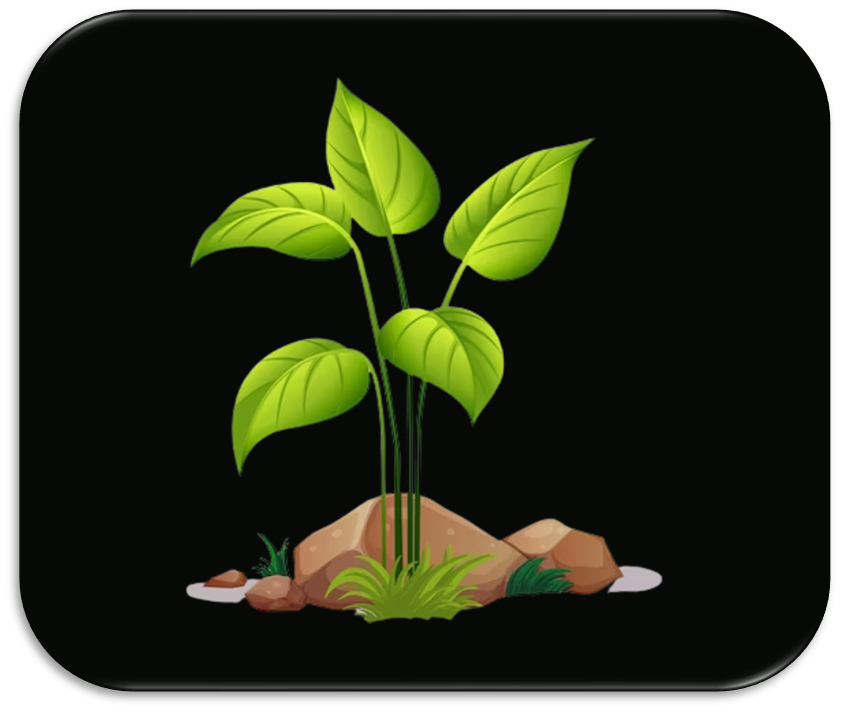- School District of Beloit
- 3rd Grade - Science
3rd Grade - Science
-
The School District of Beloit has a vision for science education that engages all students in science by working with rigorous, relevant, and real-life problems. We do this through the use of curricular resources that are aligned to the Next Generation Science Standards. These resources encourage students to discover the world around them, in order to provide foundational knowledge to all and encourage all students to continue to learn and to keep wonder alive. The goal of the science program is to prepare our students for their future, which could be very different from the world we live in today. As a result, we have developed a scope that allows students to build upon and revise prior knowledge and encourages all students to engage in the practices of science and engineering.
3rd Grade Science Units
-

Unit 1 - Forces and Motion
The Forces and Motion unit will give students a new understanding of the invisible pushes and pulls that operate in the world around them. They will realize that understanding forces will let them do surprising things — from building a sturdy bridge from paper to using the pull of a rubber band to send a cardboard “hopper” flying. What students learn in this unit will connect to the world around them, leading them to think about such things as the force of friction as they slide down a playground slide or the invisible force that makes magnets cling to the refrigerator.
-

Unit 2 - Severe Weather
By paying careful attention to clouds, wind, and other weather clues around us, we can predict the daily weather and make sense of why places on earth look and feel the way they do. Students will answer the following questions: What are the typical weather conditions expected during a particular season? How do weather patterns affect the different climates around the world?
-

Unit 3 - Organisms, Environment, and Fossils
Students develop an understanding of how animals and their environments change through time. Fossils provide a window into the animals and habitats of the past. Analyzing the traits of animals provides evidence for how those traits vary, how they are inherited, and how they have changed over time. Students also examine how the environment can affect inherited traits and determine which animals will survive in a particular environment.
-

Unit 4 - Life Cycles and Inherited Traits
Students discover how plants reproduce by exploring the process of pollination and fruiting. They also investigate how plant traits are inherited from parent plants, and how favorable plant traits can be enhanced by humans via artificial selection.
By the end of 3rd Grade, students will...
-
- plan and conduct an investigation to provide evidence of the effects of balanced and unbalanced forces on the motion of an object.
- ask questions to determine cause and effect relationships of electric or magnetic interactions between two objects not in contact with each other.
- plan and conduct an investigation collaboratively to produce data to serve as the basis for evidence, using fair tests in which variables are controlled and the number of trials considered.
- define a simple design problem that can be solved through the development of an object, tool, process, or system and includes several criteria for success and constraints on materials, time, or cost.
- represent data in tables and graphical displays to describe typical weather conditions expected during a particular season.
- generate and compare multiple possible solutions to a problem based on how well each is likely to meet the criteria and constraints of the problem.
- plan and execute fair tests in which variables are controlled and failure points are considered to identify aspects of a model or prototype that can be improved.
- analyze and interpret data to provide evidence that plants and animals have traits inherited from parents and that variation of these traits exists in a group of similar organisms.
- construct an argument with evidence that in a particular habitat, some organisms can survive well, some survive less well, and some cannot survive at all.
- develop models to describe how organisms have unique and diverse life cycles but all have in common birth, growth, reproduction, and death.

